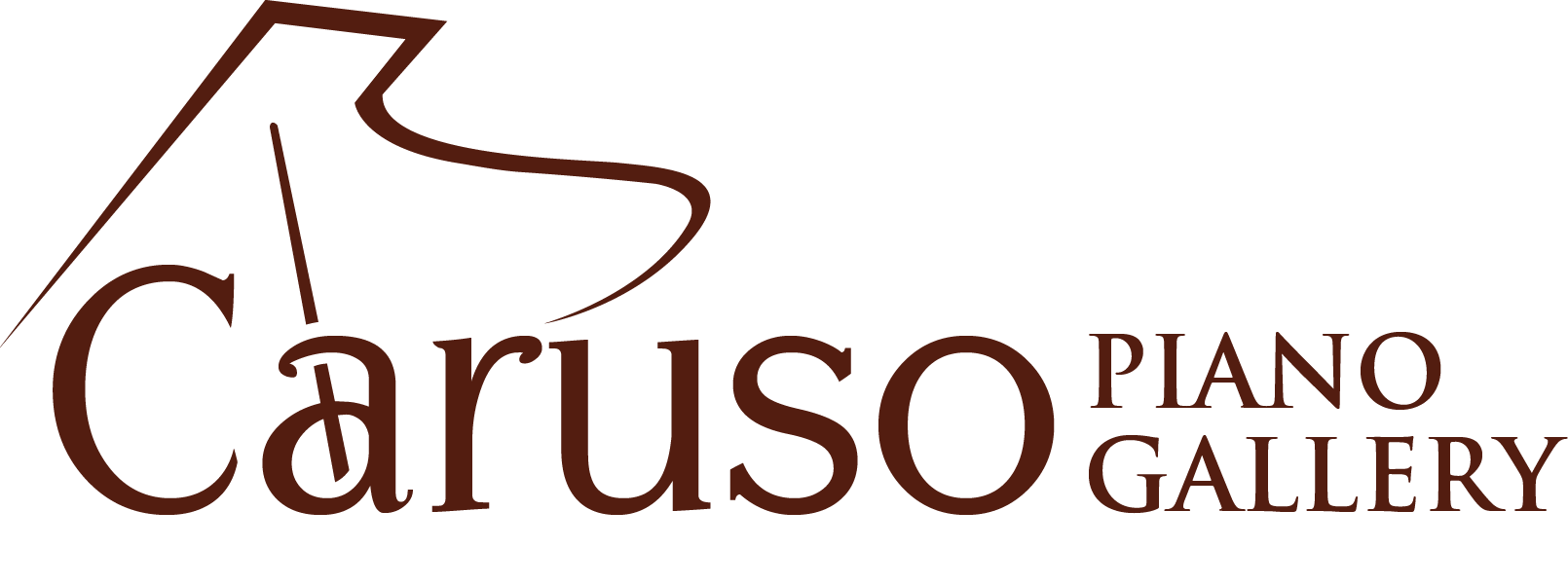An acoustic piano is an instrument of remarkable complexity, comprised of over 12,000 discrete parts interacting with extraordinary precision. Keep your piano healthy and well-maintained to protect your investment and enhance your musical enjoyment for many years to come.
Before Delivery: Choose a healthy location for your piano.
Prior to your piano delivery, take a moment to consider where it will be placed in its new home. Take care to ensure that the location you select will be conducive to long-term piano health.
CAUTION! Avoid placing your piano:
- Near any heat sources, including fireplaces, wood stoves, heating ducts, and hot water baseboards. Exposure to excess heat will promote damaging dryness and persistent temperature changes will destabilize tuning.
- For natural wood finishes, locations where the piano will be exposed to direct sunlight. Fading and finish damage will likely result.
Protect your floor.
Piano casters may leave depressions in unprotected wood floors. Caster cups are available to reduce the risk of floor damage. Please contact us prior to your delivery for more information and pricing.
Interior wall?
For decades, it was commonly recommended that pianos be placed on an interior wall to keep them healthy. Modern homes with well-insulated outside walls mean that this is no longer as important as it once was. However, if your desired location is drafty or prone to rapid temperature changes, consider a more stable location.
After Delivery: Keep your piano healthy.
Acoustic pianos have specific environmental and mechanical needs and require active monitoring and care to ensure good long-term health. It is important to pay attention to the care and maintenance of your instrument whether or not it is played regularly.
Provide a healthy environment for your piano.
Humidity is the single most important factor for good piano health.
Wood is an integral part of the construction of all pianos. When placed in a dry environment, wood will quickly lose moisture and shrink, initially causing nuisance-type problems (such as sticky keys, frozen action parts, extra clicking or buzzing noises, and tuning instability) but eventually resulting in costly permanent damage.
The repairs necessary to fix dryness-related damage are not covered services under any piano warranty.
42%: The magic number for good piano health.
Use a hygrometer to monitor the relative humidity in the vicinity of the piano. Keep your piano in a space with a relative humidity at or above 42% all year round to keep your piano in top musical condition, minimize your tuning and service costs, and prevent costly permanent damage.
In cold weather areas, additional humidity will typically need to be added in the winter months and can be accomplished with an evaporative humidifier or a piano-specific humidity control system such as the Piano Life Saver from Dampp-Chaser Corporation. Contact us for details.
Maintain and care for your piano regularly.
Tuning
A piano should be tuned twice per year regardless of how much it is played. Left untuned for prolonged periods, a piano will become more difficult to restore to proper tuning, resulting in higher maintenance costs in the future.
Subjective Musical Adjustments
Pianists interested in keeping their instruments in optimal musical condition will occasionally hire their technician to perform additional musical adjustments beyond tuning. These adjustments fall into two broad categories:
- Voicing: Adjusting the tone quality of the instrument
- Regulation: Adjusting the weight and feel of the keyboard
These adjustments are typically tailored to the specific needs and playing style of the pianist.
